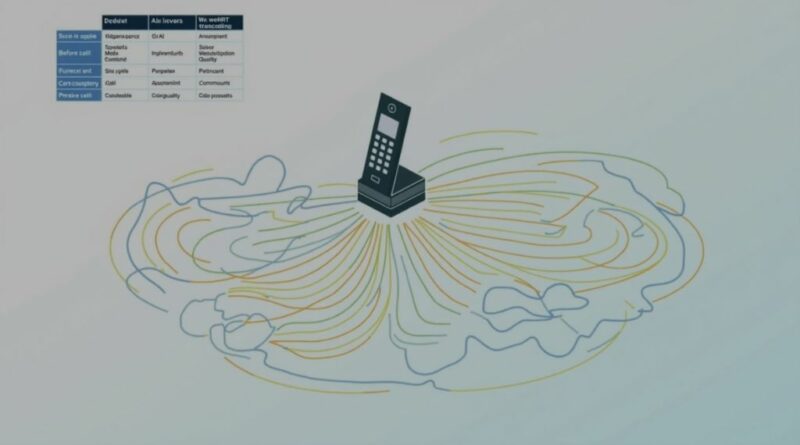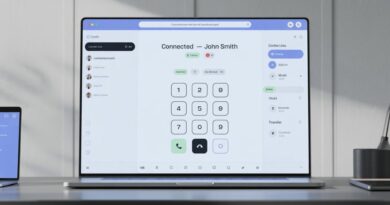WebRTC Transcoding and Call Quality Explained
Introduction
When it comes to real-time communication, latency is the silent killer. One of the main culprits? Transcoding. If you’re using WebRTC in your VoIP stack, understanding how transcoding works — and how it affects call quality — is essential for delivering a professional-grade experience.
What Is Transcoding in WebRTC?
Transcoding refers to the process of converting audio (or video) from one codec to another. This often happens when two endpoints don’t support the same codec — for example, one device using Opus and the other using G.711.
While transcoding allows calls to connect, it introduces:
- Additional latency (up to 100–200ms per hop)
- Potential audio degradation
- Increased CPU load on your media server
This becomes especially noticeable in mobile or international calls where multiple bridges or gateways are involved.
When Does Transcoding Occur?
- A WebRTC client connects to a legacy SIP endpoint
- The SBC or proxy doesn’t negotiate compatible codecs
- The PBX is hard-coded to G.729 or G.711, but the browser can’t handle those
In short, it’s often the intersection of WebRTC ↔ SIP ↔ PBX that triggers it.
Why It Matters for Developers and Businesses
Transcoding is invisible to users — but it directly affects call satisfaction, especially in sales, support, or telehealth scenarios where clarity is critical. According to Twilio’s WebRTC best practices, minimising transcoding is a key part of maintaining a positive user experience.
Strategies to Reduce or Eliminate Transcoding
- Use Opus end-to-end whenever possible (SIP endpoints permitting)
- Implement codec negotiation logic in your SBC or proxy
- Prefer WebRTC-aware SIP proxies that support modern codecs natively
- Choose a platform like Siperb that handles codec compatibility seamlessly between browsers, softphones, and PBX environments
- Test your call paths using tools like SIPp or Sngrep to analyse media flows
Conclusion
Transcoding is a technical necessity — but it shouldn’t be an afterthought. By proactively managing codecs and gateway behaviour, you’ll protect your audio quality, reduce latency, and improve call reliability.
If you’re running into these issues regularly, consider integrating a smarter WebRTC proxy that manages codec negotiation for you — one like Siperb, designed with seamless WebRTC ↔ SIP communication in mind.
We’d love your questions or comments on today’s topic!
For more articles like this one, click here.
Thought for the day:
“There is nothing on this earth more to be prized than true friendship.” Thomas Aquinas



